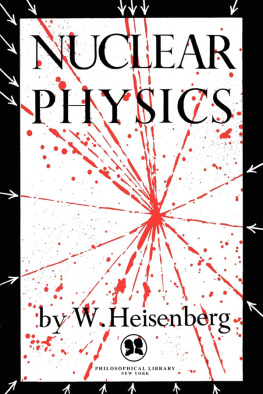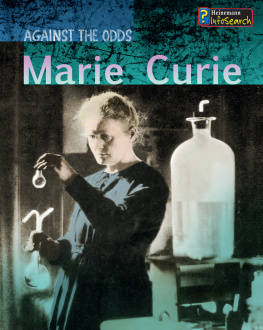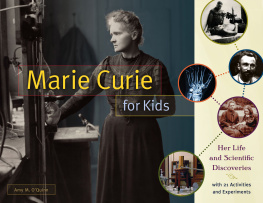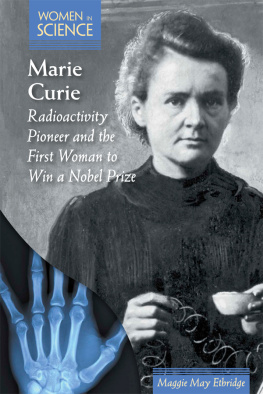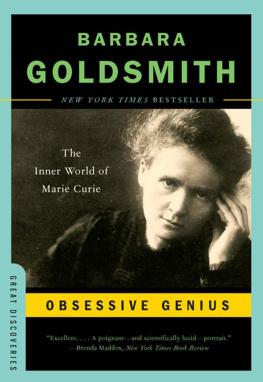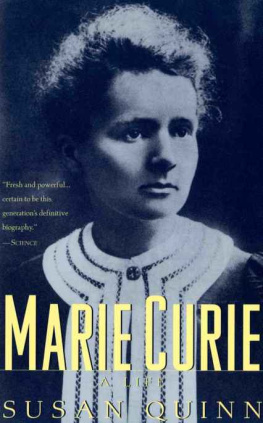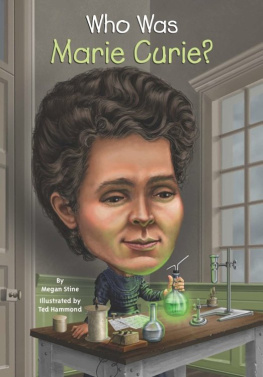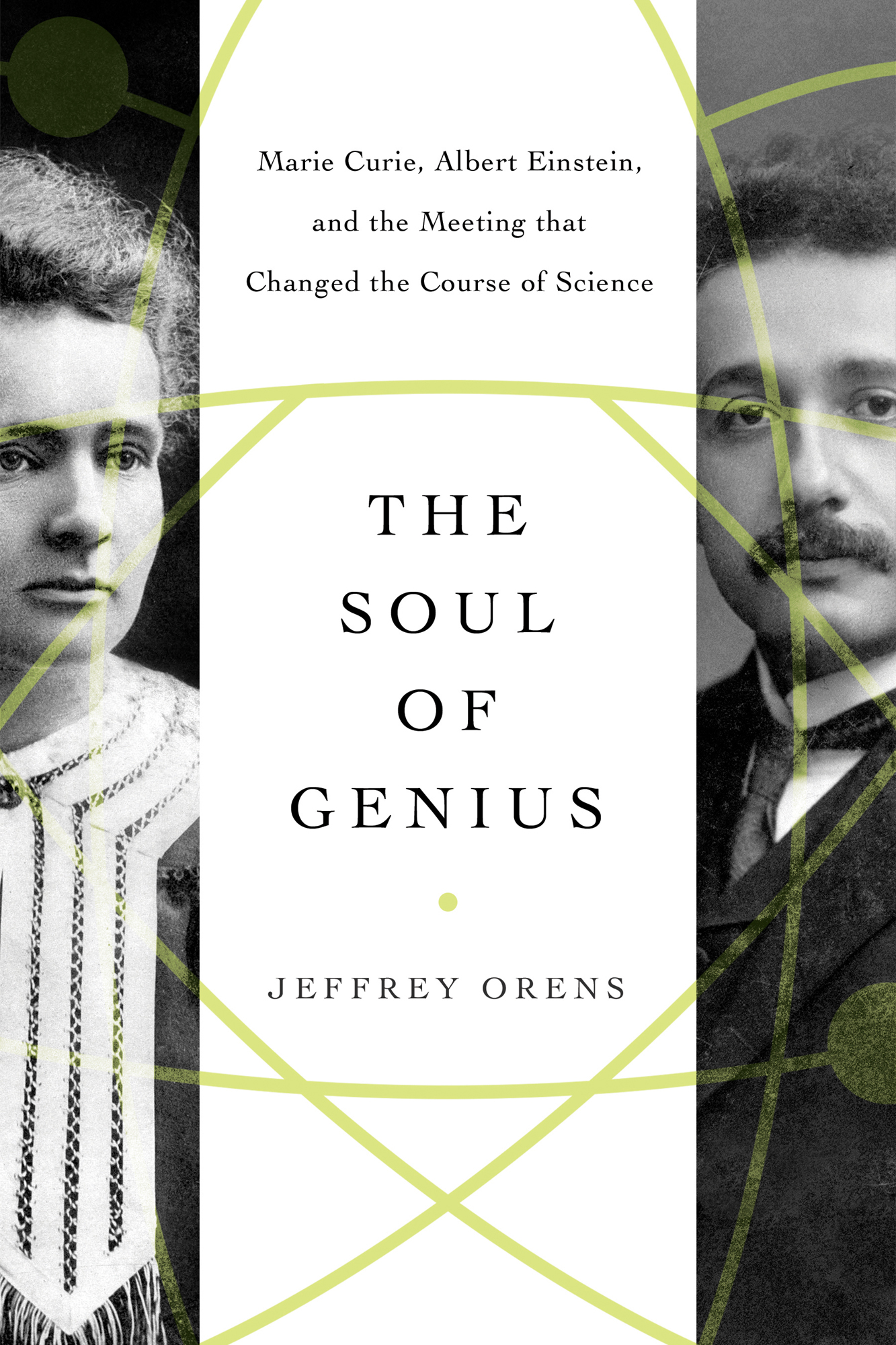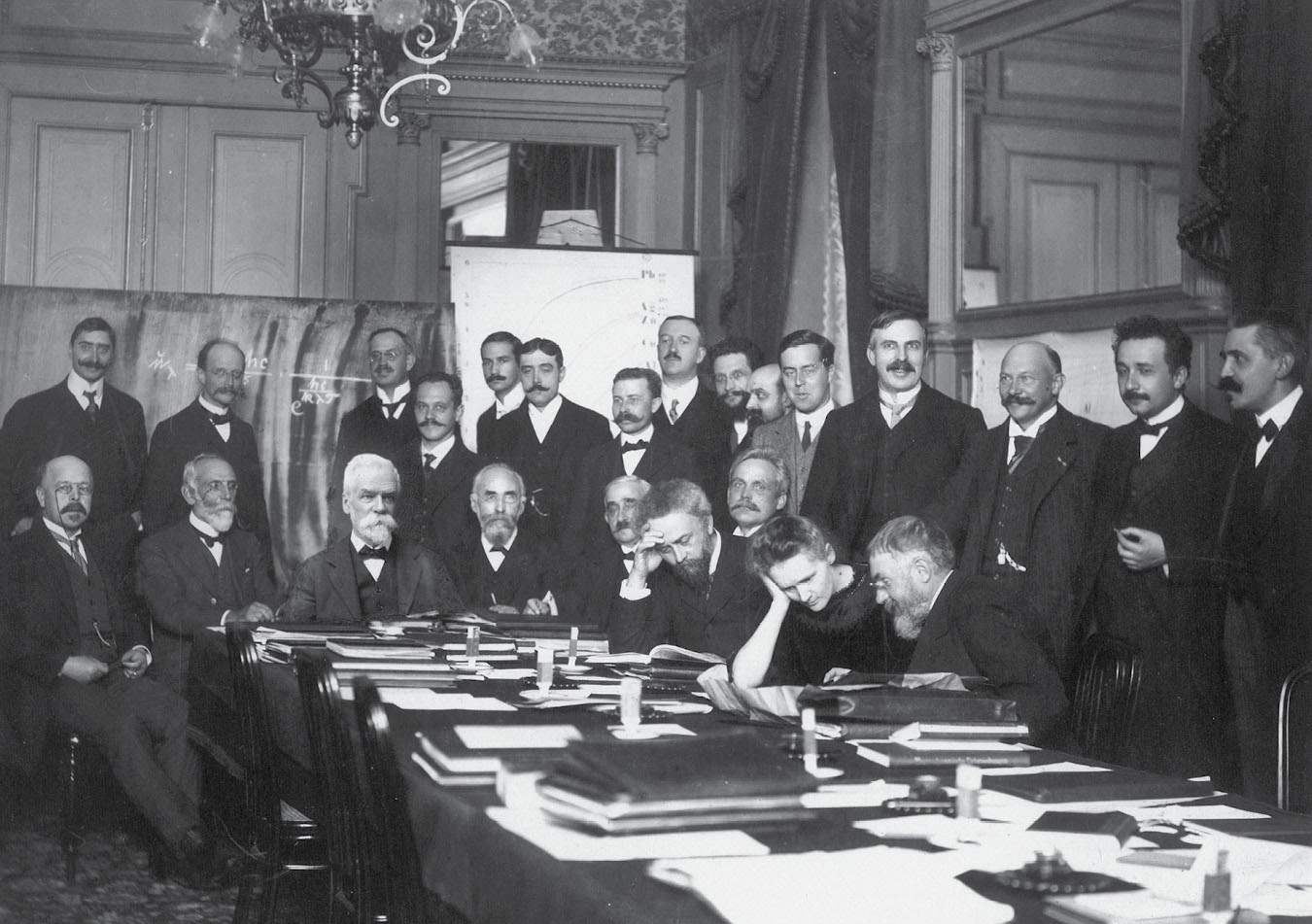
The 1911 Solvay Conference on Physics. Seated (L-R): W. Nernst, M. Brillouin, E. Solvay, H. Lorentz, E Warburg, J. Perrin, W. Wien, M. Curie, H. Poincar. Standing (L-R): R. Goldschmidt, M. Planck, H. Rubens, A. Sommerfeld, F. Lindemann, M. de Broglie, M. Knudsen, F. Hasenhrl, G. Hostelet, E. Herzen, J. H. Jeans, E. Rutherford, H. Kamerlingh Onnes, A. Einstein, P. Langevin.
THE SOUL OF GENIUS
Pegasus Books, Ltd.
148 West 37th Street, 13th Floor
New York, NY 10018
Copyright 2021 by Jeffrey Orens
First Pegasus Books cloth edition July 2021
Interior design by Maria Fernandez
Cover design by Faceout Studio, Amanda Hudson
Cover imagery from Bridgeman and Shutterstock
frontispiece: The 1911 Solvay Conference. Courtesy of The Solvay Heritage Collection.
All rights reserved. No part of this book may be reproduced in whole or in part without written permission from the publisher, except by reviewers who may quote brief excerpts in connection with a review in a newspaper, magazine, or electronic publication; nor may any part of this book be reproduced, stored in a retrieval system, or transmitted in any form or by any means electronic, mechanical, photocopying, recording, or other, without written permission from the publisher.
Library of Congress Cataloging-in-Publication Data is available.
ISBN: 978-1-64313-714-8
Ebook ISBN: 978-1-64313-715-5
Distributed by Simon & Schuster
www.pegasusbooks.com
To My Wife Deborah
My Life Partner
INTRODUCTION
I n many offices of the Belgian multinational, multibillion-dollar chemical company Solvay S.A., a first impression invariably includes coming face-to-face with what has often been termed The Most Intelligent Picture Ever Taken. Its a shot of the attendees of the 1927 Solvay Conference on Physics, the fifth in a series that started in 1911 and is ongoing even to this day. The picture is usually in the reception area or in a hallway leading from it to the general offices, covering the better part of a wall, impossible to miss.
Three rows of formally dressed scientists impassively stare out at the observer from the black-and-white photo, twenty-nine people who at first glance appear to be more interested in getting back to their sessions on theoretical physics than posing for the picture. Some faces jump out quickly, others are not so recognizable except to physicists and chemists observing the image. Albert Einstein is easy to spot, of course, in the front row, dead center, the sun surrounded by the lesser planets and stars in the scientific heavens. Marie Curie had also been accorded a seat up front, but slightly to the left, comfortably flanked by two giants of physics a bit less well known but almost as illustrious, Max Planck to the left in the picture and Hendrik Lorentz to the right. Niels Bohr is in the second row, far right, no doubt just prior to the picture having discussed some facet of quantum theory with fellow disciple Max Born next to him.
Seventeen of the twenty-nine at the 1927 meeting had received, or would receive, Nobel Prizes in either physics or chemistry, almost 60 percent of those in the picture. Hence, the well-worn reference to the high IQs of those in the photograph. Noticeably, only one of the photographic subjects is a woman, Marie Curie, by then the only twice-awarded Nobel Prize winner at the time, for her achievements in both physics and chemistry. She had been the sole woman attending these gatherings until 1933, when she was joined at another Solvay Conference by her daughter, soon-to-be Nobel Prize winner Irne Joliot-Curie, as well as the Austrian physicist Lise Meitner.
Looking at the sober faces of Einstein and Curie, Planck and Bohr, knowing the connection between these people and some of their revolutionary contributions to advancements in the world of science, spurred me on to learn more about the meeting behind the picture. Somewhat akin to observing Newtons apple dropping from a tree to the ground in his garden (but on an infinitely less-impactful scale), the intrigue of the image caused me to seek out a more complete understanding of the reasons for these gatherings. It turns out the Fifth Solvay Conference on Physics was significant in its own scientific right, not just for cornering the market on Nobel Prize winners to fill the session but for its famous debates between Einstein and Bohr on quantum theory. These two giants of theoretical physics were embroiled in debate on competing theories concerning probabilities versus certainties. Bohr said that quantum mechanics dictated that probabilities of events were the only way to explain the workings of the subatomic universe while Einstein, one of the original discoverers of quantum theory two decades earlier, was not so sure. Instead, he clung to a more classical view that in the real world, measurements were done with certainty, not probability. In previous comments on probability versus certainty that Einstein expressed to Bohrs like-minded cohort Max Born, Einstein had famously stated, I am convinced that [God] is not playing dice.
Wanting to know more about the Solvay Conference in general led me to do some research that opened my eyes to the profound nature of these meetings. Ernest Solvay, whose namesake company now employed me, had been presented with the idea of sponsoring this meeting as part of his philanthropic ventures in support of his enthusiasm for science. The thought was to bring together a core group of the most intelligent scientists, the best and brightest of their day, to discuss the most pressing issues of physics. At the time, it was a novel perspective for professional conferences. Previously, much larger gatherings of scientists intermittently occurred to give papers on various subjects, with little discussion taking place following the formal presentations. In 1910, German physicist Walther Nernst suggested a different approach to support discussion and debate concerning classic physics tenets versus the newly developing, subatomic view of the world that was called quantum theory, which was based in part on the idea that light was composed of energy that traveled in waves as well as discrete particles called quanta. The First Solvay Conference was Nernsts brainchild, nurtured by the passion and funding of Ernest Solvay.
Twenty-four individuals congregated in Brussels for the First Solvay Conference on Physics, focused on the theory of radiation (interaction of light and matter) and quanta. Marie Curie was one, as was Albert Einstein, the youngest of the invitees. The results, though inconclusive in solving the puzzles presented at the meeting, generated an excitement within the group to continue these forums for idea exchange, which was formalized into the establishment of a triennial meeting. The most recent Solvay Conference on Physics was in 2017, the 2020 edition being postponed until 2021 due to the COVID-19 pandemic. The 2017 session delved into the physics of living matter: space, time, and information in biology. Fifty-eight scientists participated, nine of whom were women (15 percent). This marked a slow increase in female participation reflecting small but gradual growth in STEM (science, technology, engineering, and mathematics) educational and professional opportunities available for women over the past century, as well as womens career choices moving more in that direction. It represents a determined expansion of female involvement versus Marie Curies rare desire to become a scientist in the 1890s, a woman fighting the tide of often overwhelming cultural biases of her time.



